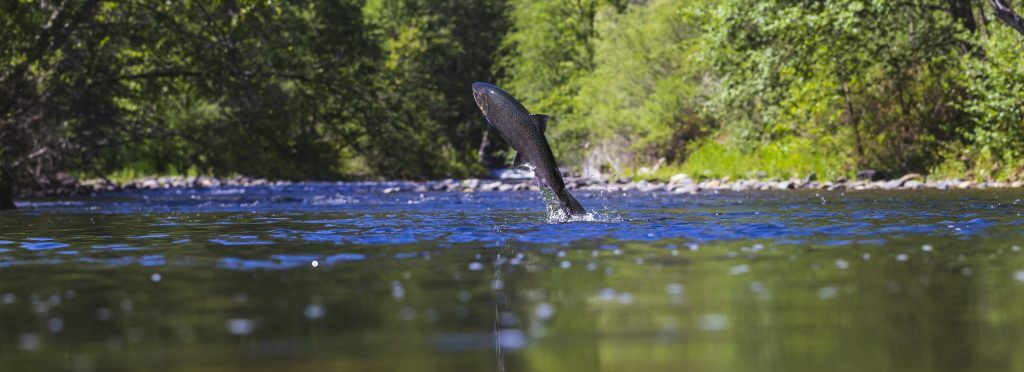By Todd Manley
With the unprecedented dry year in the Sacramento River watershed, there will be significant impacts to every use of water. There will be extremely low supplies for agriculture, resulting in substantial fallowing of crop lands. There will also be significant environmental impacts to native fish, birds and other wildlife.
To help address the significant impacts to native fish, the state and federal fishery agencies have joined together to try some different and innovative approaches this year to save native salmon from drought and climate change. The news release by the agencies can be viewed here.
More specifically, state and federal biologists have begun moving endangered adult winter-run Chinook salmon to the upper reaches of Battle Creek and threatened spring-run Chinook salmon to Clear Creek in Northern California, where colder water temperatures will better support spawning and help their eggs survive the continuing drought.

The agencies will also expand production of juvenile winter-run Chinook salmon about six-fold at Livingston Stone National Fish Hatchery operated by the U.S. Fish and Wildlife Service at the base of Shasta Dam. Offspring produced at the hatchery in recent years have helped save the species. Juvenile fish will be released into the river in stages when conditions are more hospitable in the late fall and winter.
There will also be an effort to boost the resilience of transported adult salmon with injections of thiamine (Vitamin B), to counter a deficiency that researchers believe has depressed survival of their offspring in recent years. The deficiency has been tied to shifting ocean conditions and salmon feeding primarily on anchovies compared to a more diverse diet of forage fish, krill and other species.
These efforts are part of a comprehensive program in the Sacramento Valley to address all freshwater life-cycle stages to benefit all four runs of Chinook salmon in the region. As an example, last week, several Sacramento River Settlement Contractors completed gravel placement in the upper Sacramento River near Keswick Dam to help provide better habitat for spawning salmon. Work will continue this year to advance science through the Sacramento River Science Partnership and to implement projects in the downstream reaches of rivers and creeks to create additional spawning habitat, side channel rearing habitat, fish food and migration barrier removal.
These efforts are also part of a longer-term recovery effort underway to address climate change and provide greater resilience for salmon by expanding access to important habitat and landscapes, including reintroduction for spawning and rearing above Shasta Dam and Reservoir, spawning in the upper reaches of Battle Creek, and food sources and safe haven in the bypasses, oxbows and historic floodplain in the lower part of the system.



